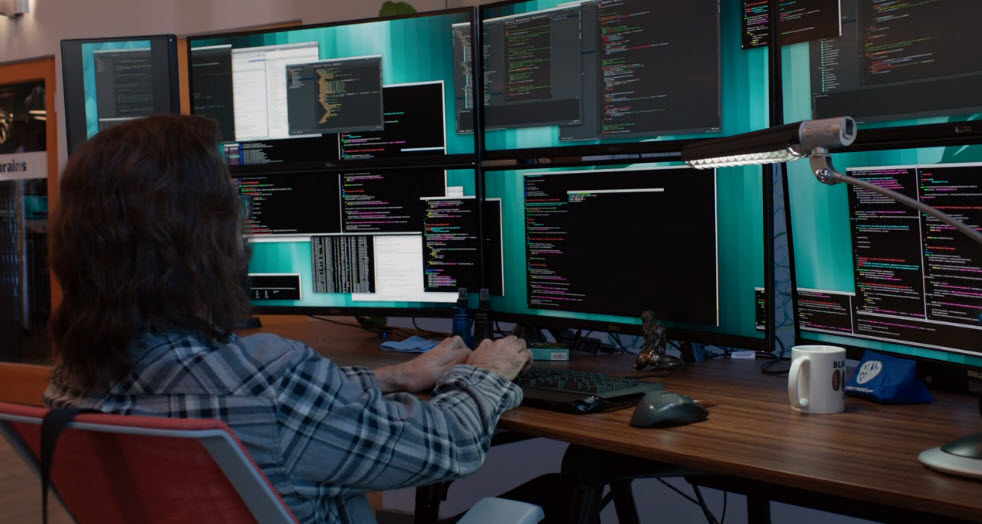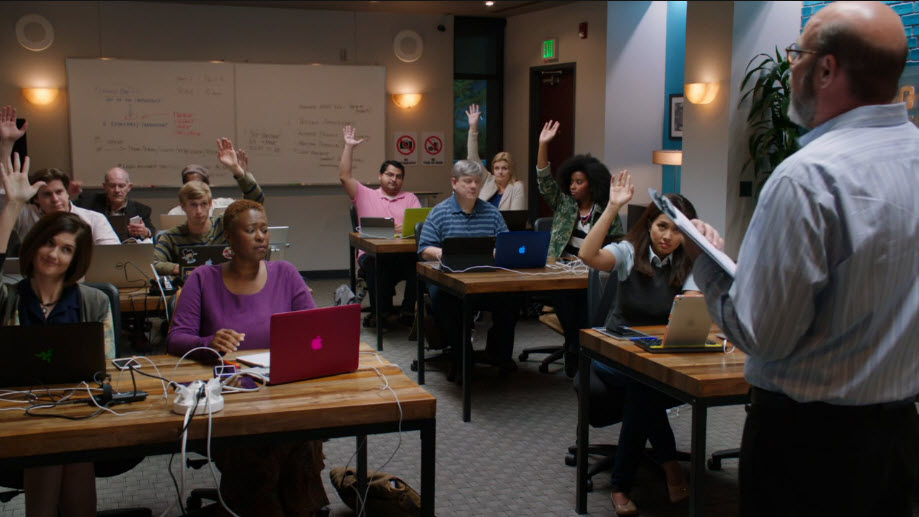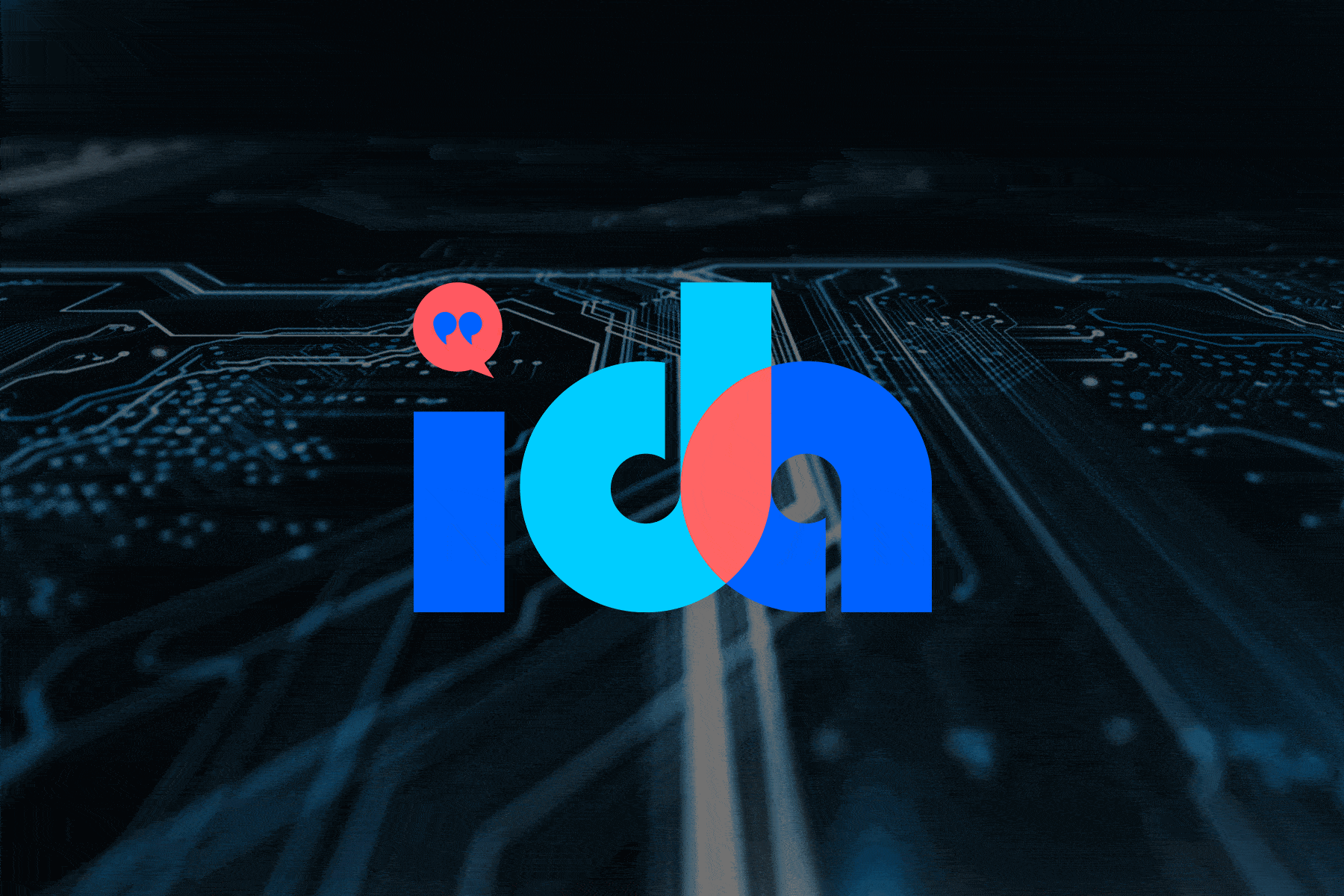[box color=”red” align=”center”]The following may contain spoilers[/box]
Series three of one of our favorite shows, Silicon Valley, recently ended. Not only is this show quite humorous, it often provides a surprisingly accurate portrayal of the software industry.
The overall theme to the season is that a team of brilliant developers are attempting to create and productize a revolutionary piece of software which they call “The Platform”. As expected, the team runs into obstacles at every turn until finally, towards the end of the season, the decision is made, only after getting feedback from beta users, that the platform is ready to be released to the public. The problem is that the beta user population is primarily comprised of their friends in the tech business!

Immediately, the buzz about the team’s success is on every news channel. The Platform is downloaded hundreds of thousands of times. Everything appears to be going better than anyone could have ever expected. That is, until we find out that while there are half a million downloads in a short period, only a trivial portion of those who downloaded the software are actually using the platform.
As it turns out, people weren’t using the software because they couldn’t figure it out. The users just didn’t get it. And by users, we don’t mean a niche group of techies, but the everyday software user. The developers didn’t find it important to try and understand their users and how they would interact with The Platform. The UX was not even an afterthought. Instead they put all their focus on the UI (User Interface). While The Platform was shiny and new looking, and looked very “cool”, it actually made no sense to the actual person using it.
The Platform was failing.
At IntraSee, this is something that we see every day in Enterprise Applications. An enormous amount of energy is spent building out the backend and creating complex interfaces that address every situation. Often these implementations or upgrades take all the focus. Sometimes there will be some focus on the UI, in the mistaken belief that in having pretty software, you also will have usable software. That rarely is the case (for an explanation of the difference between UI and UX see our article on the difference.
The problem is that real users end up wildly dissatisfied with these applications. The applications are not intuitive. They require thick reference manuals or worse, to sit in classes for hours, just so they can figure out how to accomplish their everyday tasks.

As we know, art imitates life. No matter how incredible the software platform is, if people can’t use it, you’re just throwing money down the drain.
The UX cannot be an afterthought.
We have seen, time and time again, that putting the user first is the single most important investment that can be made in an application. A great UX leads to much higher adoption rates, which leads to a successful implementation, happy employees and cost savings. All of this builds confidence by your management which leads to funding for the next project.
At IntraSee, we have decades of experience investigating and evolving the UX. We understand how users interact with software and we don’t source our focus groups from our friends in the bay area! We actually travel the world working with real people in real situations. We’re passionate about ensuring that your users just get it.
And when your users just get it, the return on your investment is all but guaranteed. Let us show you what a great UX is so that you can understand what we have known for years:
The UX cannot be an afterthought.





